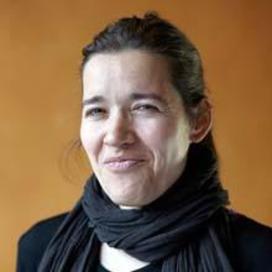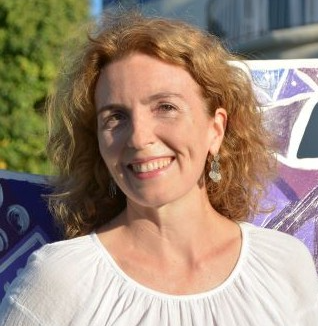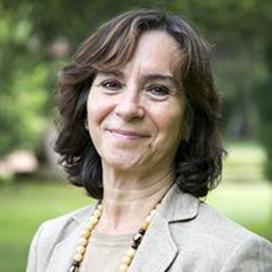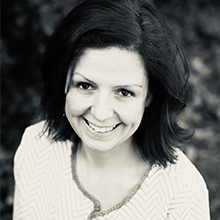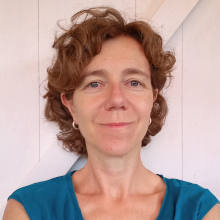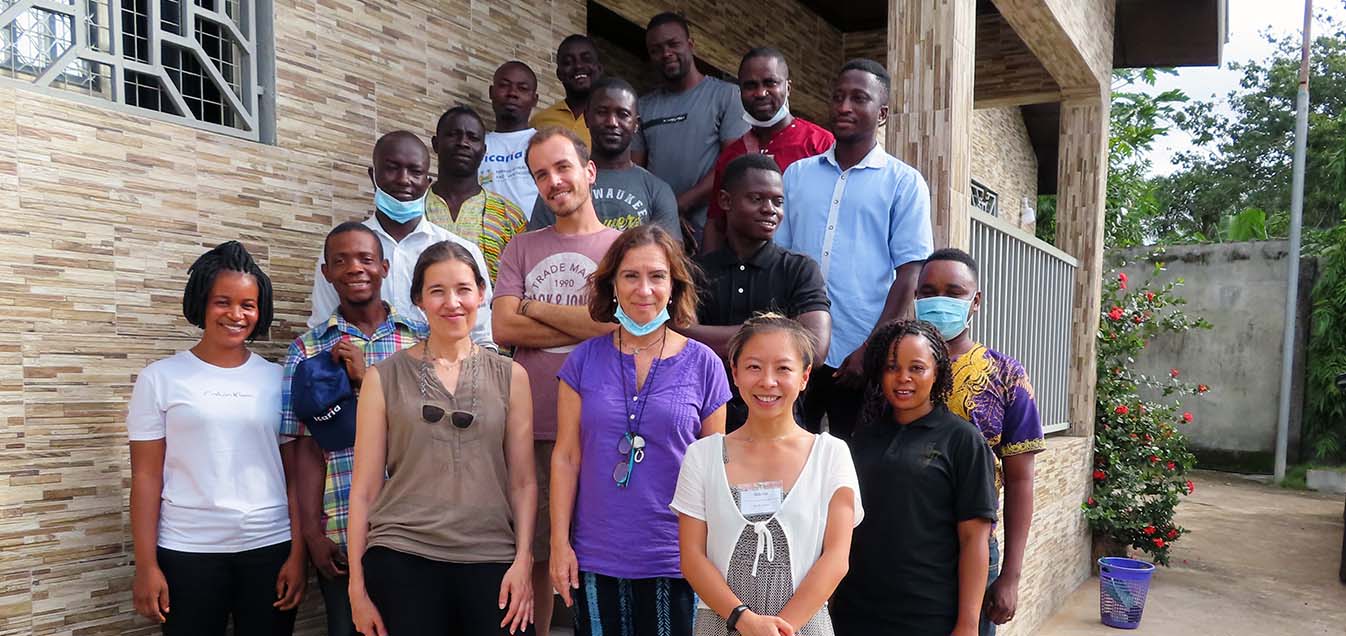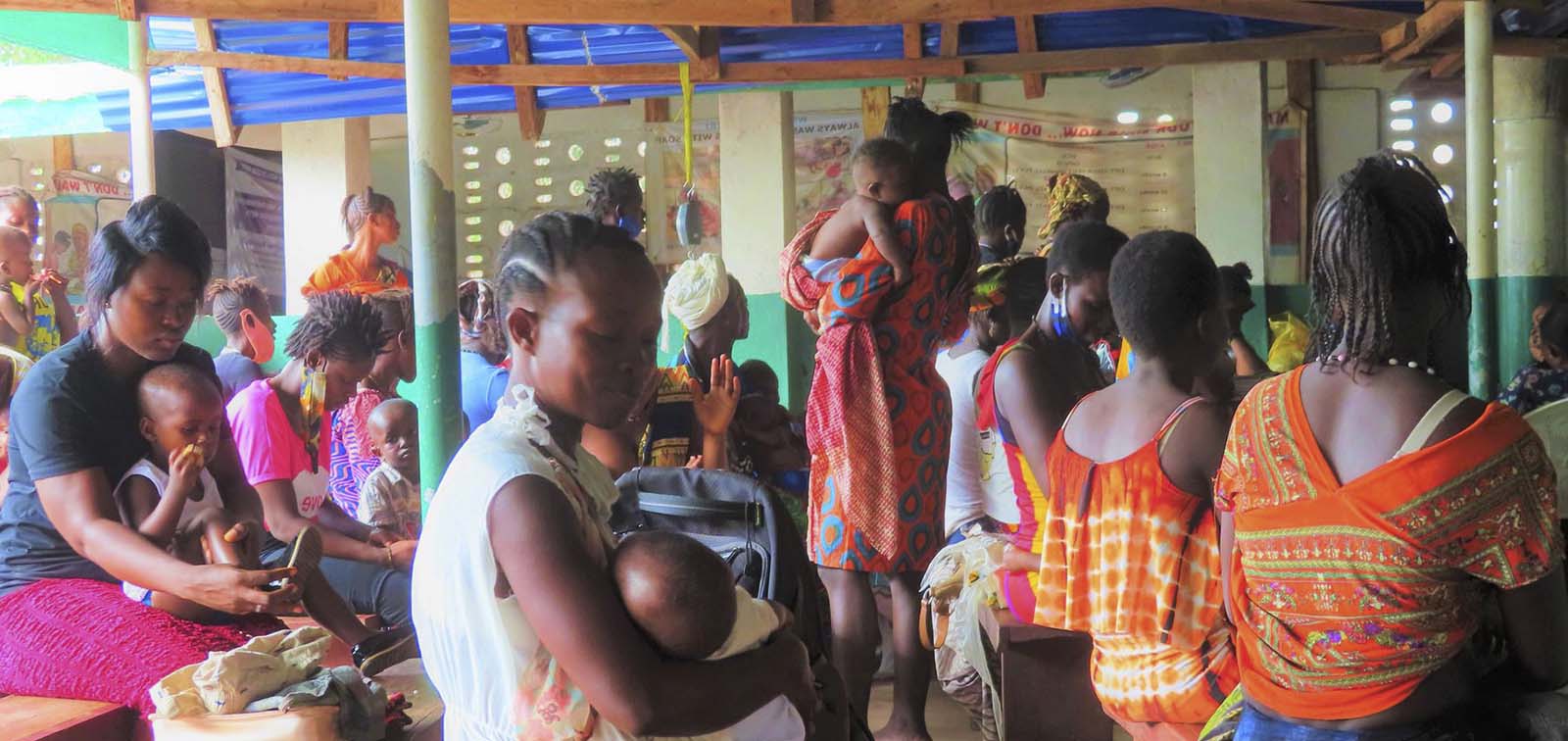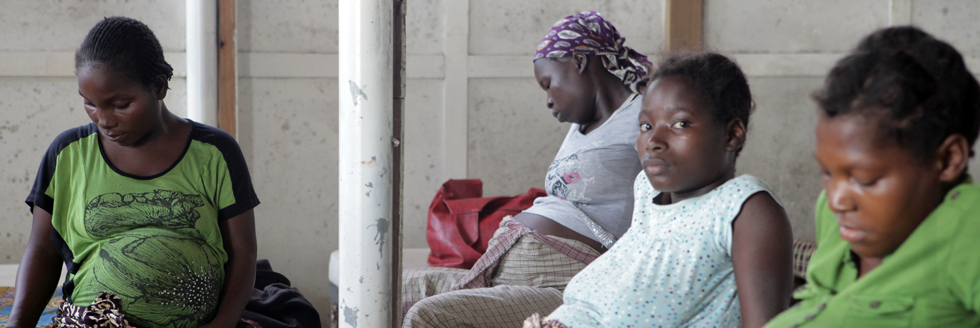
Featured Items

A report by ISGlobal and the World Bank uses a new metric to quantify inequalities in the coverage of the right to health among sub-Saharan women

Anna Lucas & Clara Pons*
(with the collaboration of Gonzalo Fanjul & Pau Rubio**)
12 June 2017
A few weeks ago we learned of the death of Salomé Karwah, a Liberian nurse assistant. She was just 29 years of age and had been recognised, together with other anonymous heroes, as Time magazine Person of the Year in 2014 for her work in the fight against Ebola. After surviving infection with the Ebola virus, she died as a result of neonatal complications three days after giving birth.
The Ebola epidemic made news headlines for months. Maternal mortality is not usually considered a newsworthy topic; it is a threat only to those affected. Liberia, Salomé Karwah’s home, is one of the worst places in the world to deliver a child, and the country is an excellent example of the situation regarding maternal health in sub-Saharan Africa today. According to the latest figures (the 2013 Demographic Health Survey), only 61% of women in Liberia were attended by skilled personnel during childbirth. All the others were responsible for their own fate when they faced—in many cases alone—one of the most dangerous moments in their lives and the lives of their newborn babies. Furthermore, the distribution of maternity care services in Liberia is very unequal: 90% of women in the highest income group have a delivery attended by skilled personnel as compared to 43% of women in the lowest income group.
In developing regions—particularly in sub-Saharan Africa and Southern Asia—it is still common for women in the most vulnerable groups and their newborns to die from complications during childbirth or the weeks following the delivery (the puerperium) due to deficient care or a complete lack of care. The cause is often a totally avoidable and preventable complication that has not cost lives for decades in settings with more resources, even within the same regions. This health gap is responsible for the death of 300,000 women and 3 million newborn babies every year. The social and economic costs are difficult to quantify.
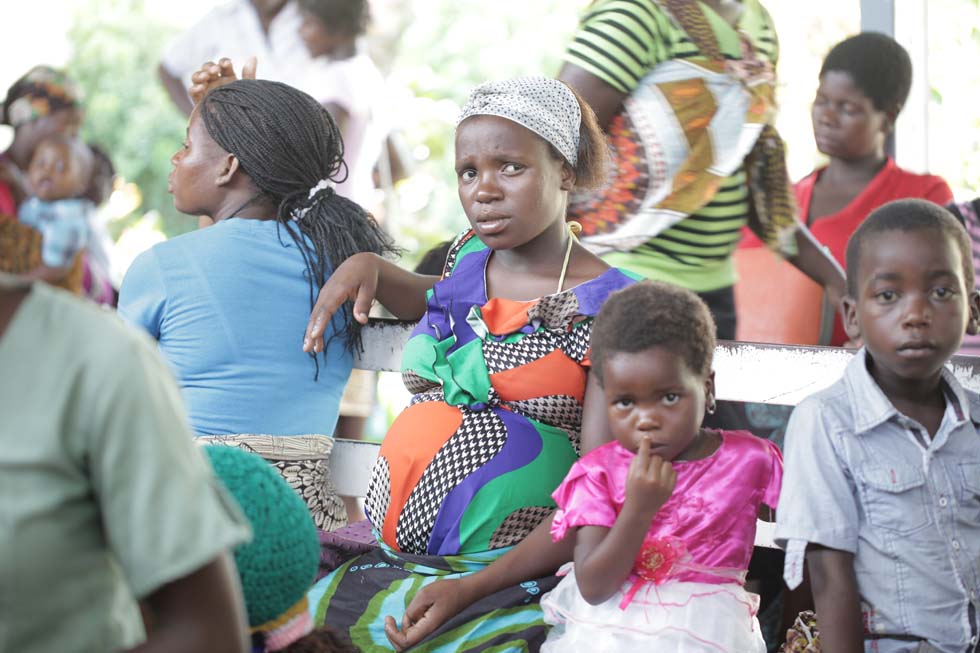
Photo: Andalu Vila San Juan
Does this mean that there has been no progress? On the contrary, looking at the period covered by the Millennium Development Goals (MDGs, 2000-2015), we see that there has been significant progress in global health and also in maternal health. By 2015, maternal mortality had been reduced by 45% compared to the levels recorded in 1990.
Nonetheless, this sizeable improvement in mean figures hides a different reality: the rate of progress varies greatly between groups and regions within a single country and between countries. During the period covered by the MDGs, the situation even deteriorated in some countries and population groups, where the indicators are now worse than before. In sub-Saharan Africa, one of the most vulnerable regions at the start of the period, progress has been slower and the area now accounts for two-thirds (201,000 women) of all annual maternal deaths, even though it is not the most populated region. Only 9 countries met the target set by the MDGs (a 75% reduction in maternal deaths); in 26 countries the percentages did not change and in three they even increased. Moreover, within these countries, a common pattern can be observed: the indicators of access to maternal and reproductive health care for the most disadvantaged populations consistently show the least improvement (with some even deteriorating), and the gap separating the poorest groups of women from those that have greater resources grows over time.
In the field of global health, we are living in the era of inequity, that is, a period characterised by unjust and avoidable inequalities that represent a lack of social justice
In the field of global health, we are living in the era of inequity, that is, a period characterised by unjust and avoidable inequalities that represent a lack of social justice. Inequity is both an ethical and a practical challenge. The failure to redistribute the unprecedented profits generated by decades of economic growth, technological innovation, and institutional development has led to a marked increase in the vulnerability of a significant portion of humanity. Today, we are not only confronted with the difficult task of making further progress towards global development goals, we also run the risk of losing ground and going backwards.
Few issues better illustrate this challenge than maternal health, an area in which progress goes hand in hand with unacceptable gaps in equality that threaten further progress. To reach the most vulnerable populations we must expand coverage to large groups of women of reproductive age who are currently deprived of the most basic health care.
No credible strategy to reduce the unacceptable levels of maternal health inherited from the MDGs can ignore the urgent need to reduce inequalities due to income level, area of residence and other factors. Moreover, the magnitude of an issue that affects half of the world’s population, with 210 million pregnant women and 140 million newborns every year, suggests that the failure to address the problem of maternal health would compromise the chances of success of the entire 2030 Agenda.
The Opportunity Presented by the SDG
The 2030 Agenda and the SDGs are based on the principles of equity and sustainability. The new global roadmap, comprising 17 goals and 169 targets, not only extends the obligation to take action to the world’s developed regions, such as Europe and North America, it also specifies that national strategies must be informed by two principles: sustainability and equity. In the case of maternal health, the new agenda adds further challenges to the commitments handed down from (and left unfinished by) the MDG agenda. However, unlike its predecessors, SDG 3 (the only SDG specifically related to health) refers explicitly to the commitment to “healthy lives ... for all” and its targets reinforce the need to reach all sectors of the population rather than focusing on national averages. The introduction of the concept of universal health coverage and the explicit commitment, established in SDG 10, to reduce inequality provide a firm basis for this overriding objective.
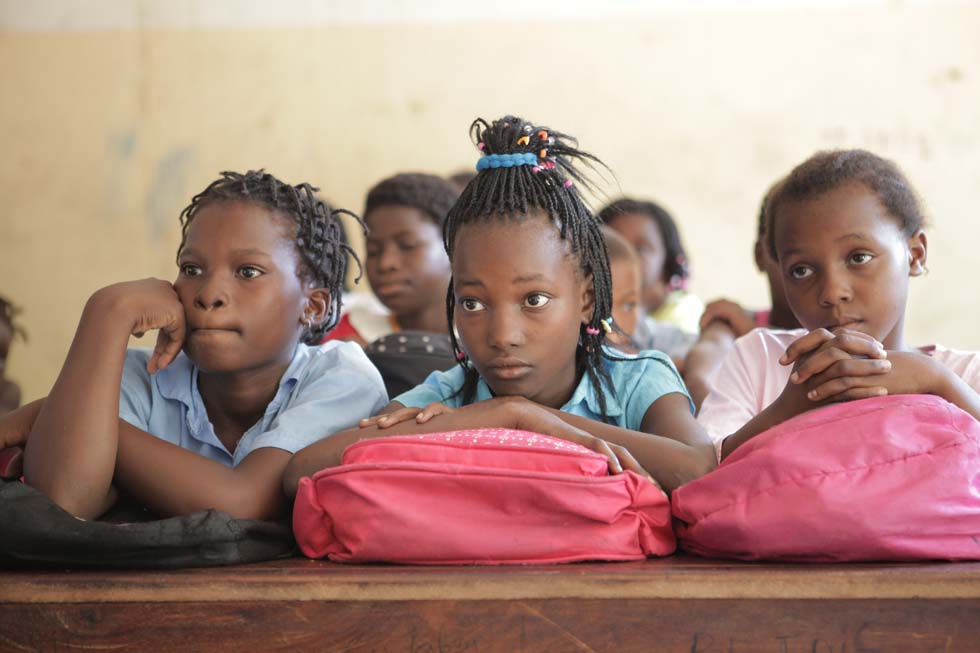
Photo: Andalu Vila San Juan
However, even before we reach that point, there are practical obstacles to designing an effective strategy to reduce inequalities. The first challenge lies in our information systems and the data that feeds them. A recent World Health Organisation statistical yearbook clearly makes the point: “A movement towards equity in health depends, at least in part, on strong health information systems that collect, analyse and report disaggregated data covering all health areas1”. The principle is irrefutable: we cannot fix something if we do even not know what is wrong. Until each one of the signatory governments makes available a true picture of the situation in their country, including populations that are currently invisible, to facilitate the design of effective intervention strategies, the goal of “health for all” will remain a mere play to the gallery.
The second obstacle is methodological and arises from a question that is much easier to ask than to answer: how many of the disadvantages faced by an individual or a community depend on themselves and not on circumstances beyond their control. The difference between the actual realities people face and those they choose is easier to understand in resource-poor settings such as those of the poorest women in sub-Saharan Africa, where what a woman wants and her decisions have infinitely less influence than the range of available opportunities—for example, health professionals and healthcare facilities—even without taking into account other factors, such as whether the woman has sufficient personal independence to make the decision or the resources to travel to a health centre.
An Index That Measures Inequality
It was precisely to help answer this complex question that the World Bank Group, a few years ago, created the Human Opportunity Index (HOI), a composite indicator that identifies settings in which the individual’s access to opportunities and fundamental rights is determined by circumstance rather than choice. The HOI has been used to analyse equality of opportunities in different spheres, including education and access to energy. In a recent joint publication, the Barcelona Institute for Global Health and the World Bank Group has, for the first time, used this metric to analyse inequalities in opportunities and outcomes in maternal and reproductive health among women of child-bearing age (15-49 years) in 29 countries in sub-Saharan Africa.
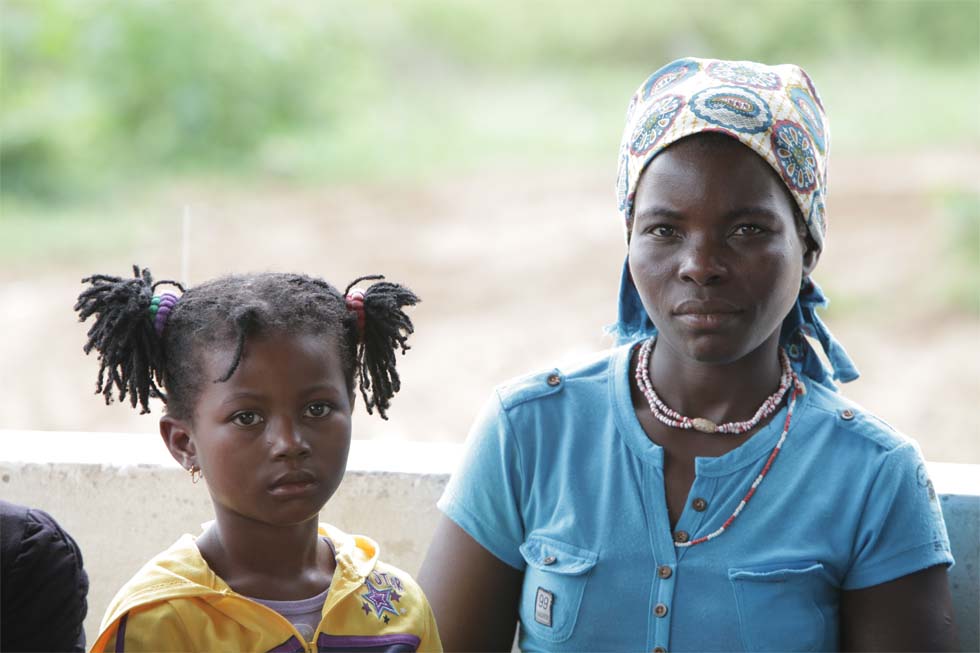
Photo: Andalu Vila San Juan
The starting point for this analysis was the results achieved by the MDG agenda, which ended in 2015 with considerable accumulated deficits in maternal health. The SDG establishes the goal of reducing the global maternal mortality ratio to less than 70 maternal deaths per 100,000 live births by 2030, but the starting point in 2015 was 216 (546 in the case of the sub-Saharan region). The situation is similar for the reduction in the global mortality of neonates and children under five years of age, which should be reduced to at least 25 and 12 per 1,000 live births, respectively, from the current levels of 43 and 19.
How are we going to achieve such ambitious global targets? The response necessarily includes a significant improvement in the national coverage of basic interventions, which will depend on the capacity of countries to increase coverage for the poorest groups. Progress can only be achieved by strengthening efforts to expand coverage and reduce inequities, prioritising the groups currently excluded or receiving deficient care. The first priority is to identify such groups and the second is to understand the determinants of inequality and the obstacles that carry the greatest weight in the explanation of the inequalities. Research can contribute to that task by providing the data and insight needed to inform public policies focussed on favouring the most vulnerable groups while influencing which strategies should be prioritised and how available resources should be assigned.
The HOI is a measure of the coverage rate of a particular opportunity (such as access to family planning, for example) discounted for the inequality of access across population groups due to socioeconomic factors
In this context, a tool like the HOI is useful for identifying the priority interventions in maternal and reproductive health. The logic of the index is simple. It is a measure of the coverage rate of a particular opportunity (such as access to family planning, for example) discounted for the inequality of access across population groups due to socioeconomic factors. In this way it measures the equitable availability of services. It also indicates whether the distribution of services favours certain groups over others and pinpoints the gaps in equitable access. This simultaneous analysis of all the determinants (wealth, education, religion, etc.) that influence access to opportunities offers a new perspective that can help us to understand the differences in some of the indicators of women’s and girls’ health.
The HOI allows us to quantify the inequality between different circumstance groups (sets of individuals with the same circumstances) to better understand its causes, to make comparisons between countries and indicators, and to monitor changes over time. It is an easy-to-interpret tool that can detect the obstacles and opportunities that determine the inequality of an indicator.
How the Human Opportunity Index Measures Inequality
MAIN DEFINITIONS:
Oportunities: the minimum set of essential goods and services that enables individuals to realise their human potential.
Circumstances: the socioeconomic characteristics of individual and their families (for example, income level, education, religion, age and ethnicity).
• Dissimilarity index (D-index): the share of the total number of opportunities (coverage) distributed unequally and favouring certain groups (characterised by specific sets of circumstances) over others.
In this report, ISGlobal and the World Bank Group have analysed women of child-bearing age (15-49 years), including two subgroups: pregnant women and adolescent girls (15-19 years). The set of variables analysed included 15 opportunities and 8 determinants of inequality.
How to interpret the HOI
The HOI is the difference between the mean coverage rate and the penalty that the coverage suffers due to inequality (expressed by the D-index). For example: the mean coverage of access to family planning services among adolescents in Nigeria is 50%; however, when the factors that contribute to inequality between groups of adolescents defined by different sets of characteristics are taken into account, “equitable coverage” (that is the percentage of opportunities that are equally distributed) falls to 36%.
Maternal & Reproductive Health Opportunities: the Data
The interactive graphic below combines the data from various information sources to show results by country, region and opportunity. It is also possible to visualise the inequality of coverage for each indicator and the relative weight of the different determinants of inequality.
Although the data presented should be interpreted with the usual caution demanded of all those who work with imperfect information systems, the report does present worrying conclusions concerning the distribution of opportunities and the effect of the determinants of inequality.
- Opportunities in maternal and reproductive health are affected by higher levels of inequality than indicators relating to an individual’s general state of health, such as not having anaemia or having an adequate body mass index. These differences may be related to differences in the health infrastructure and the provision of basic health services, underscoring the importance of universal basic health care as an intervention strategy.
- The data on the minimum maternity care package (at least 4 antenatal care visits, a delivery attended by skilled personnel and a postnatal check-up) are alarming. This minimum package is available to only 24% of women in the group of countries analysed, and the considerable inequalities within and between countries bring the HOI down to 16%. The implication of these findings is that some 80% of sub-Saharan women have no access to the minimum package of essential maternity care that could save their lives and those of their newborns. Furthermore, they show that the distribution of the coverage is very unequal, leaving some groups of women at a great disadvantage.
- In general terms, household wealth was the key determinant of inequality for women in the region, followed closely by educational level and area of residence (rural or urban). In general, the poorest women, the women with the lowest education levels and women living in rural areas were those who had fewer opportunities than other groups.
- Within the group of women of child-bearing age, adolescents (15-19) proved to be the most vulnerable group. The HOI of the three opportunities analysed for adolescents—currently attending school, having never been pregnant, and met need for family planning—are low and the inequalities are very high. In this group, marital status had a disproportionately high weight: adolescent girls who are married or in a relationship had fewer opportunities and were affected by greater educational and reproductive health inequalities than those who were single. This finding quantifies the negative impact of early marriage on health opportunities and life course among girls and women.
Conclusion: An Opportunity for Equity
Nothing we have described is inevitable. With all its imperfections, the 2030 Agenda offers a plausible roadmap for achieving the maternal health goals in an equitable way. However, the goals will not be met without a firm commitment on the part of the institutions responsible for achieving them.
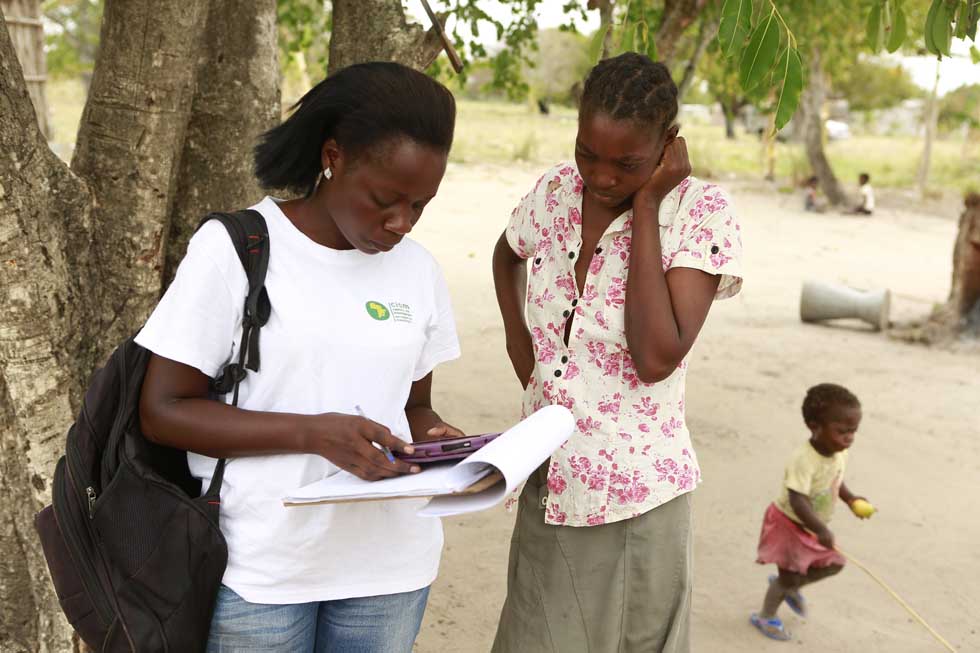
Photo: Andalu Vila San Juan
In addition to being a political and budgetary challenge, this task will also require innovation. The first responsibility rests with the governments and institutions of the countries most directly affected, which must implement policies designed to eliminate the obstacles that prevent women from accessing the opportunities to which they are entitled. Despite the brake on growth in recent years, per capita wealth has practically quadrupled since 2002 in the-sub Saharan region, opening up the opportunity to strengthen national budgetary and institutional capacities. But this opportunity has been wasted in too many African countries, where weak institutions, fragile health infrastructures, the abandonment of large areas of the population, and the practice of financing health systems through personal contributions remain the norm.
On the donor side, reducing inequalities not only implies supporting international aid funds, which are currently threatened in various countries, but also reconsidering spending priorities and the conditions associated with aid. All strategies and programmes must include conditions relating to equity. Direct contribution to national budgets—subject to strict conditions relating to equity and good governance—is a tool well adjusted to the needs of this challenge and one that is still much less used than is desirable.
The coverage of the right to health will only be universal if a basic political challenge is overcome: establishing as a priority the interests of the one group—the most vulnerable women and children in developing regions
The coverage of the right to health will only be universal if a basic political challenge is overcome: establishing as a priority the interests of the one group—the most vulnerable women and children in developing regions—that has almost no political clout and whose interests have, for decades, been neglected in decision making and development agendas. This means that any initiative working towards universal health coverage must include perinatal care in the basic package of services and any scheme must include, from the outset, the expansion of benefits and services to the poorest groups in the country or region.
Both of these issues form an integral part of the SDG. For that reason, it is imperative that all countries design and implement as soon as possible national plans for compliance with Agenda 2030, clearly stating their priority actions and the strategies they propose to implement them. This is an area in which Spain has accumulated omissions that urgently need to be corrected. On the one hand, the Spanish Cooperation budgets—which hit rock bottom in 2015 and 2016 at a meagre 0.13%-0.12% of GDP—must be increased in future budgets to an operating minimum that guarantees a margin of manoeuvre to the actors, above and beyond the compulsory contributions to the EU and international bodies. On the other, the Spanish Government must define, as soon as possible, the structure and plans that will support Spain’s contribution to the SDG. In both cases, health—including maternal health—can play a crucial role in Spain’s national strategy because of its importance in the global agenda and the experience accumulated by Spain and Spanish Cooperation in this field over the past two decades.
Full Report
Blog Posts about Maternal, Infant & Reproductive Health
*Anna Lucas is the coordinator of ISGlobal’s Maternal, Child and Reproductive Health Initiative, Clara Pons is a predoctoral fellow at the institute.
**Gonzalo Fanjul is ISGlobal's Policy Director; Pau Rubio is Communications Coordinator of ISGlobal Campus MAR.
1 Monitoring health for the SDGs. WHO (2016).
Graphic Design: Anna Barberà. Interactive Graphic: Erre Infographics. Coding: Óscar Rodríguez/Sonicon. Translations: Ann King & Marta Solano


